I was inspired by Andy’s post of churches around York several weeks back and decided to give it a shot where I live here in the Salt Lake area. I had visited some of the churches in the area before, and decided to use that as a starting point to visit many of the others for this post. So not all of them were obtained on a single Sunday, but I decided it was OK to cheat a little and include as many of the significant religious buildings in the downtown core as I could get. So here they are.
Obviously there are many LDS buildings, and Salt Lake has many diverse designs of LDS meetinghouses. Additionally, many other religious faiths are represented, and display, arguably, the most impressive religious architecture of the city. I have also included a map showing the locations of each of the buildings. While some of these I have already researched a great deal at my Salt Lake architecture blog, others I know very little about at this point in time. Others, like the Garden Park ward, had signs posted stating the days pictures could be taken. Unfortunately Sunday was not one of the permitted photo days. So I don’t have any yet. (If I recall correctly, I need to go back on a Monday, Tuesday, or Saturday to get pictures.)
Another area of research I have been working on involves identifying great LDS architecture with a focus on meetinghouses. My belief is that the greatest architectural legacy of the LDS church is in the meetinghouse designs. As I discover new buildings, I will be posting pictures and drawings and research of them one at a time on a near-daily basis. If you are interested in unusual, and little-known great LDS architecture, feel free to stop by at http://ldsarchitecture.wordpress.com.
;
Click here to see a map of the buildings included in the slide show (red markers are religious buildings)
Notes for several of the buildings:
The ward member who designed the Forest Dale Chapel murdered a man whom he owed money to during construction of the building. The ward was split into those who felt he was innocent and those who felt he was guilty. The trial included death threats against the defense team, and finally a guilty verdict and execution of the architect. A new architect was chosen who completely redesigned the building that is standing today.
St Marks Episcopal Cathedral was designed by the founder of the American Institute of Architects, Richard Upjohn. The structure is Utah’s oldest non-LDS church in continuous use. The 10th Bishop of this beautiful cathedral was Carolyn Tanner Irish, only the fourth woman in the Episcopal Church to hold that office. Carolyn was raised in the LDS Church as the daughter of well-known philanthropist O.C. Tanner. She retired as Bishop on 06 Nov 2010.
The 5th Ward LDS chapel has also served as a flood shelter, photo studio, architect and real estate offices, home residence and rentals, escort services, goth/industrial night clubs, and is now a Tibetan Buddhist temple.
The 18th Ward LDS Chapel was deconstructed and moved onto Capitol Hill adjacent to the Utah State Capitol where it now serves as a non-denominational memorial chapel and reception hall.




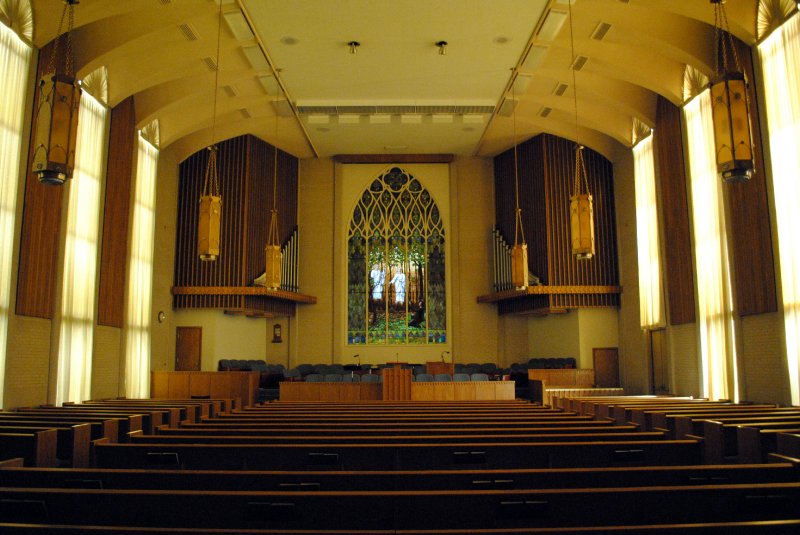
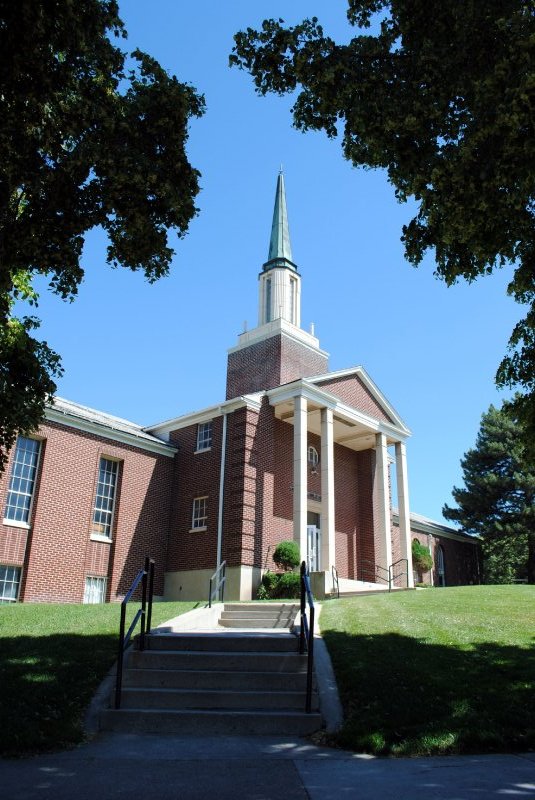

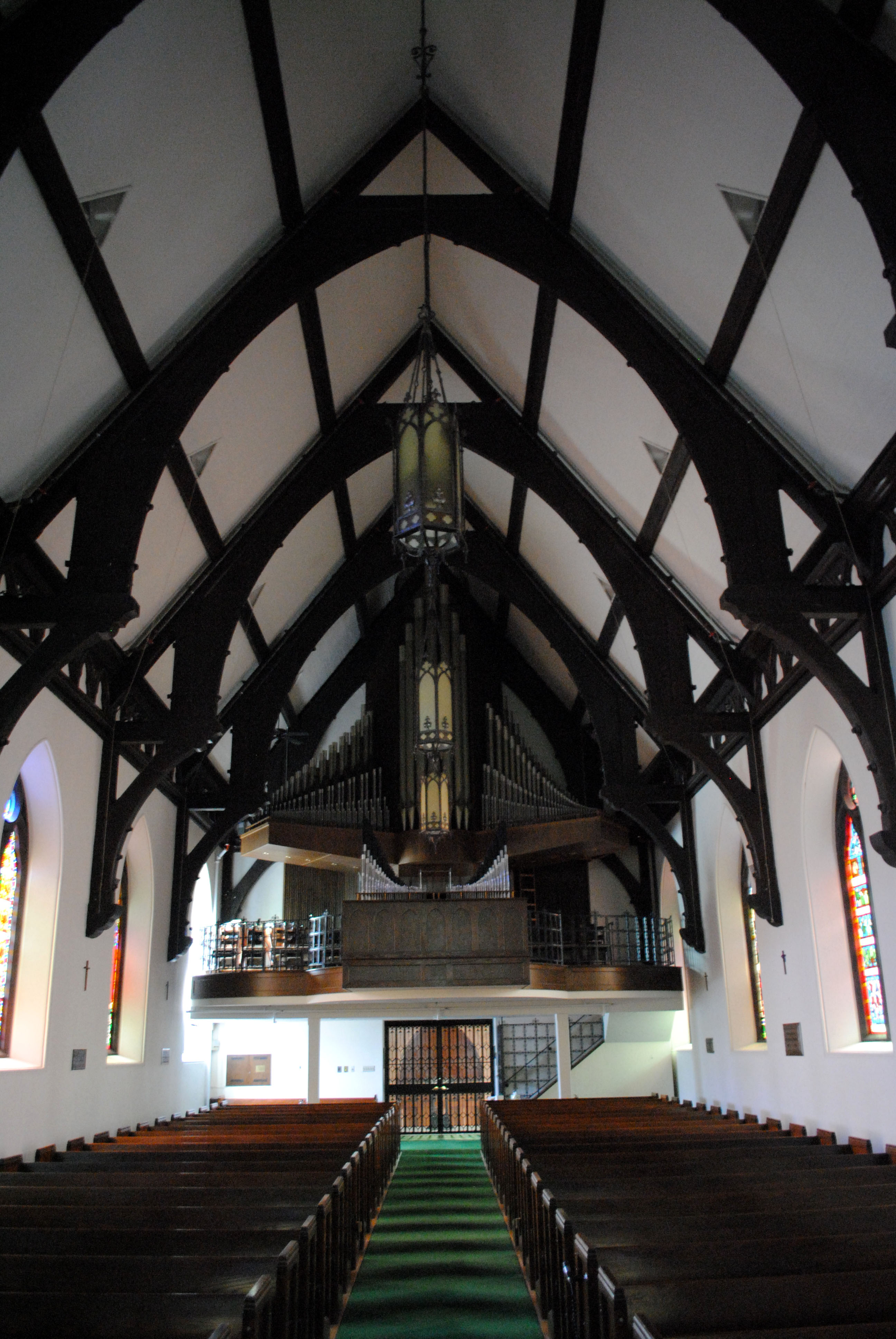
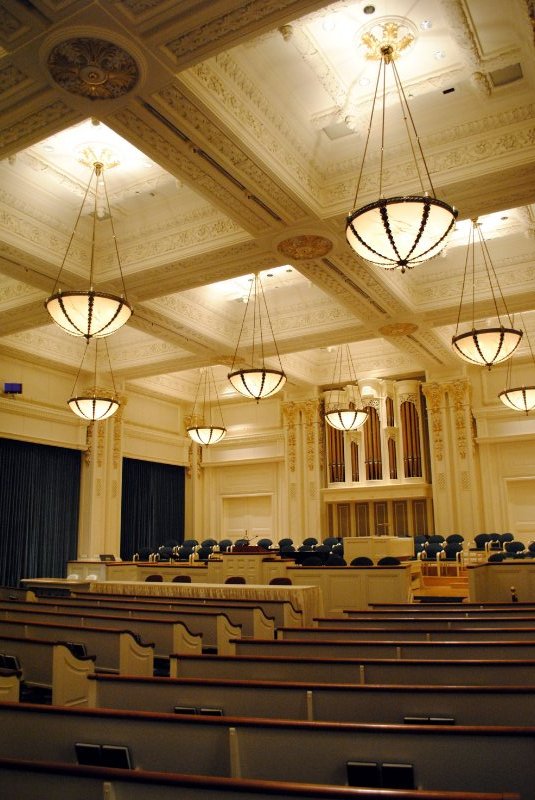

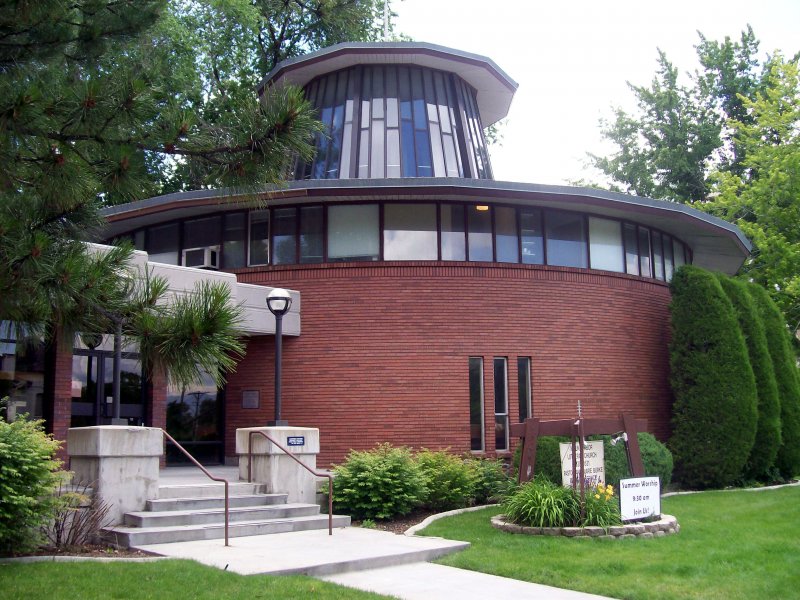

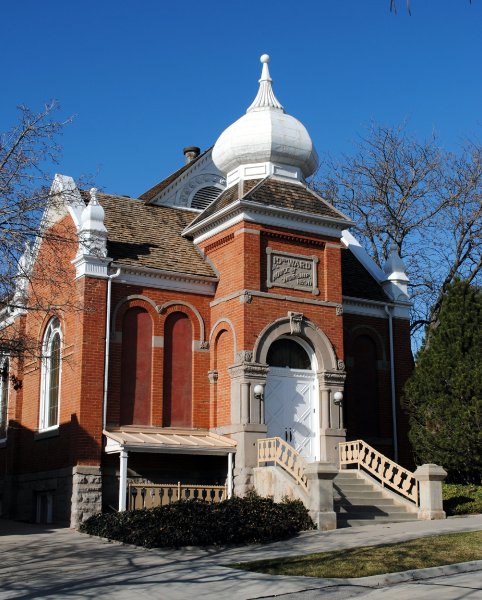
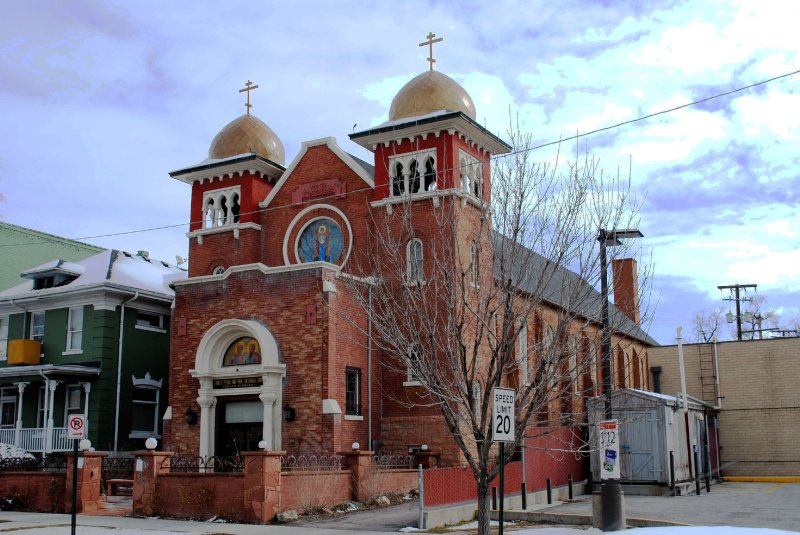
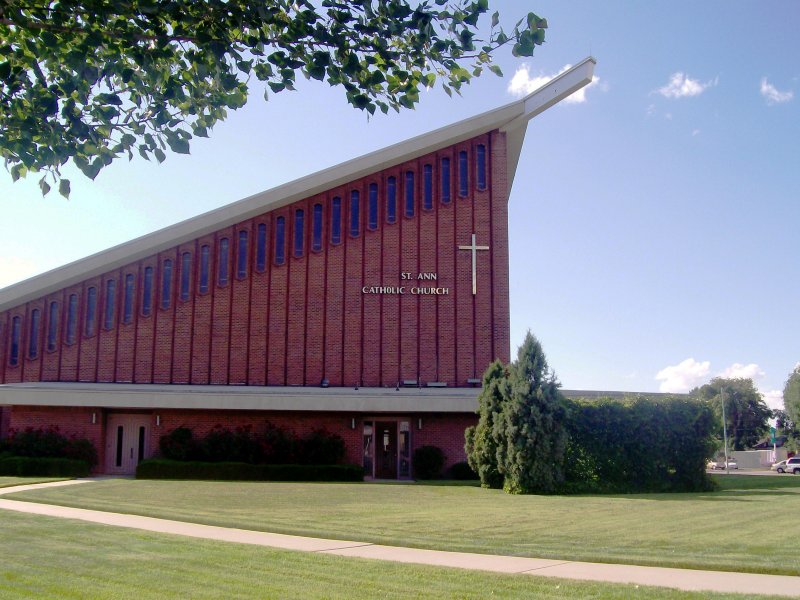


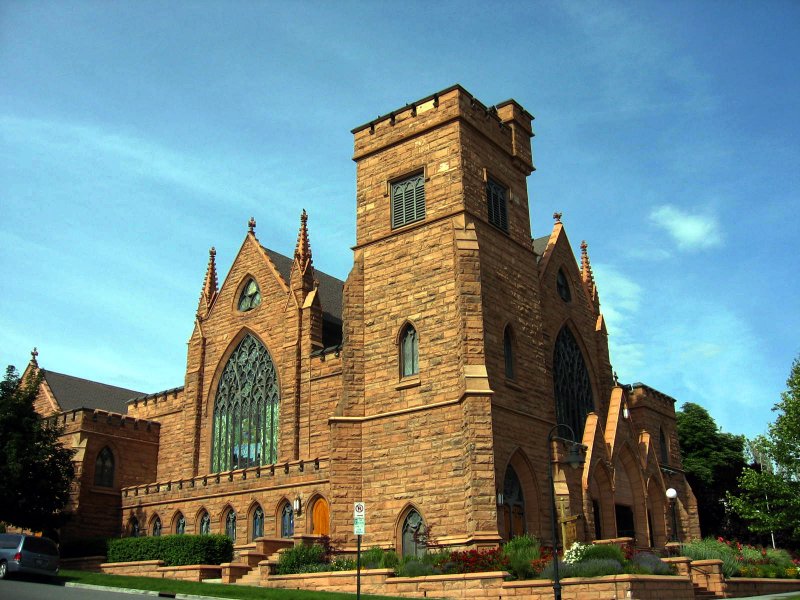





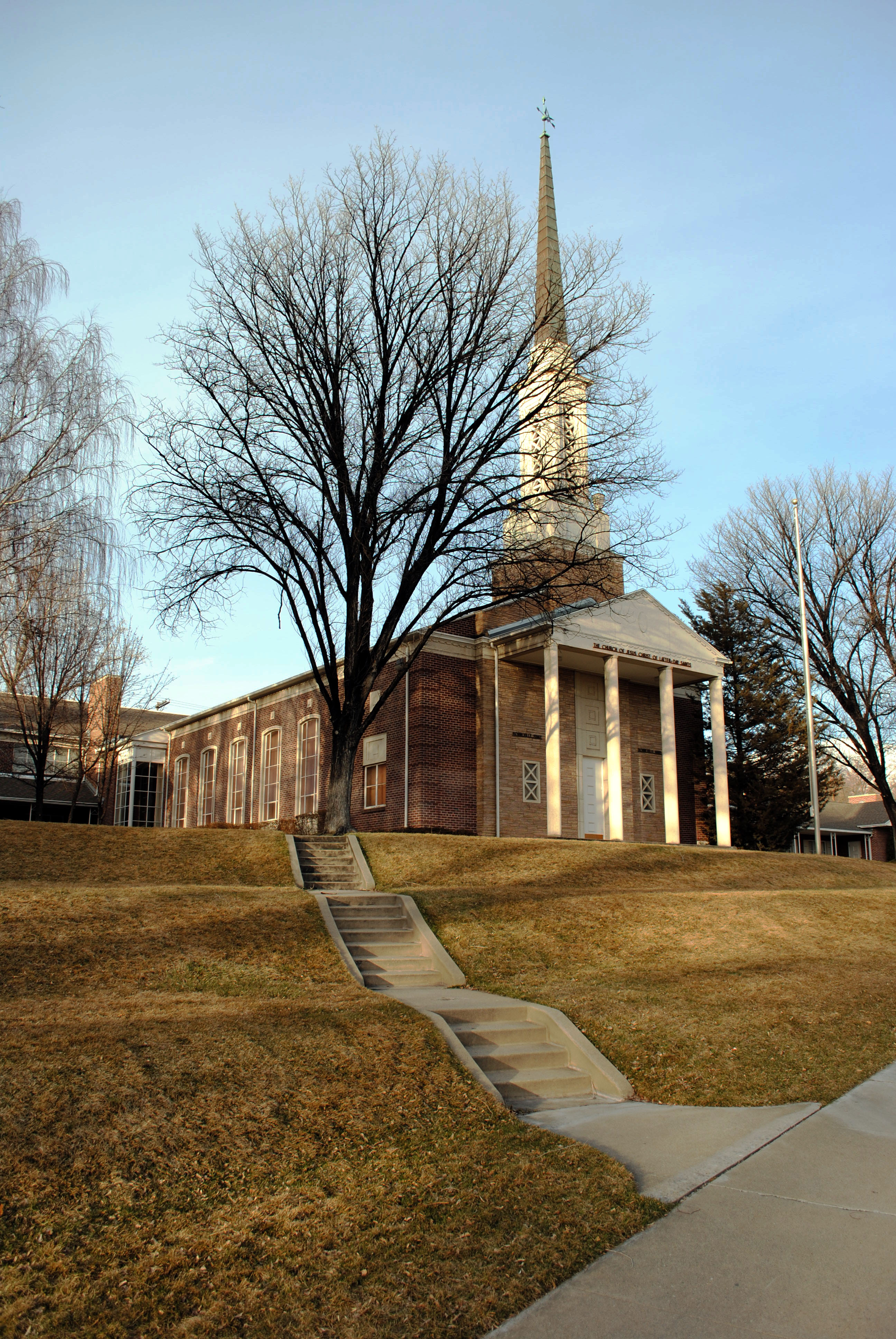
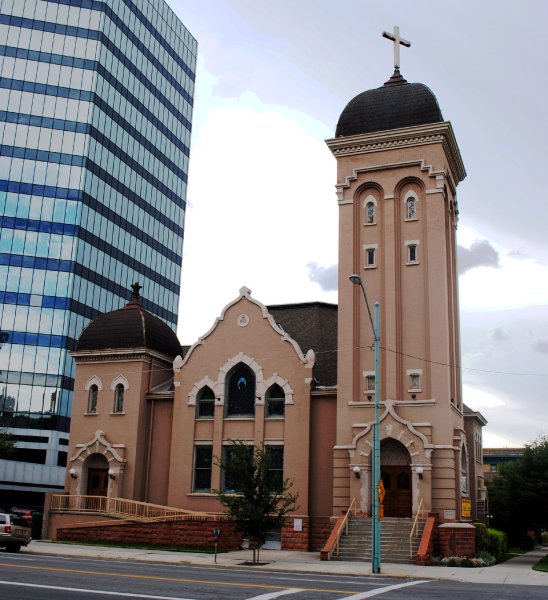
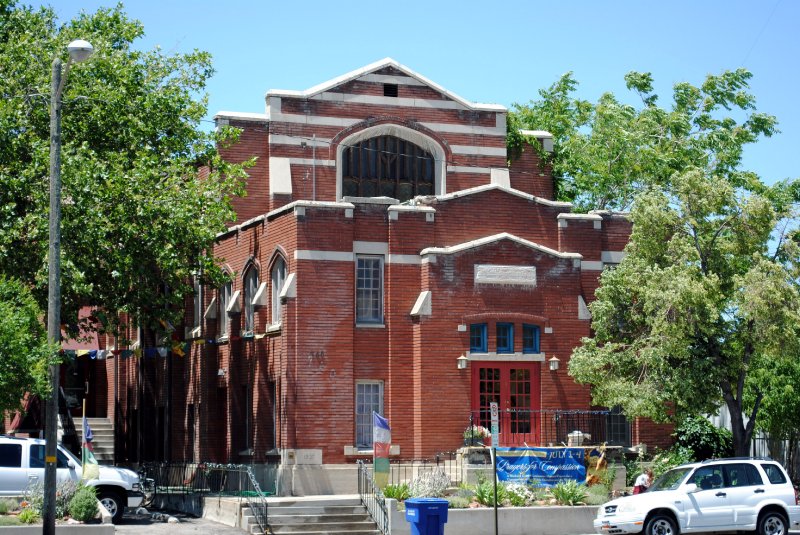
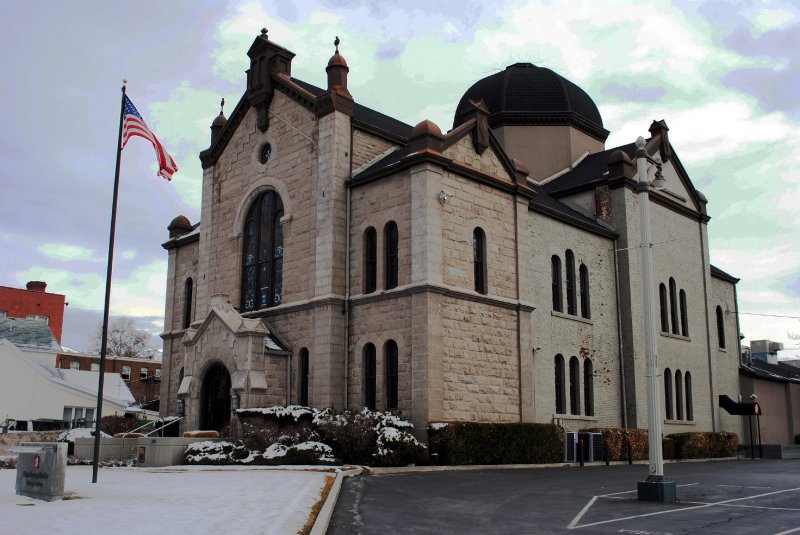
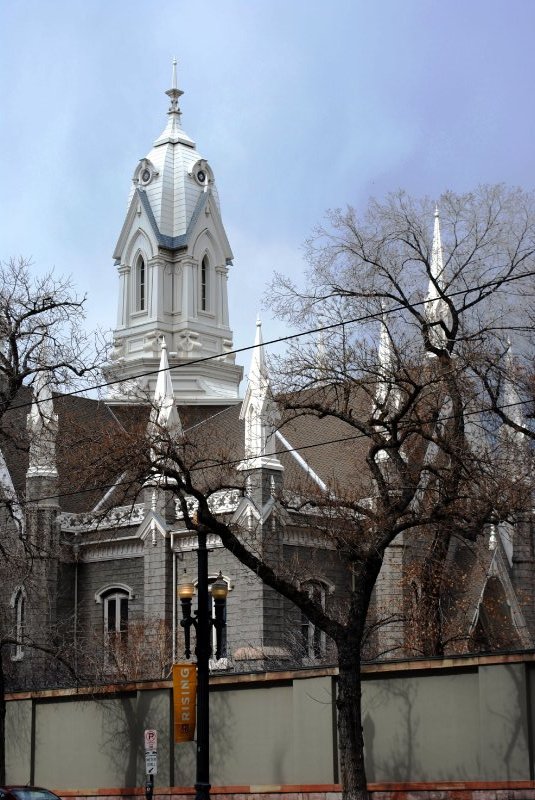



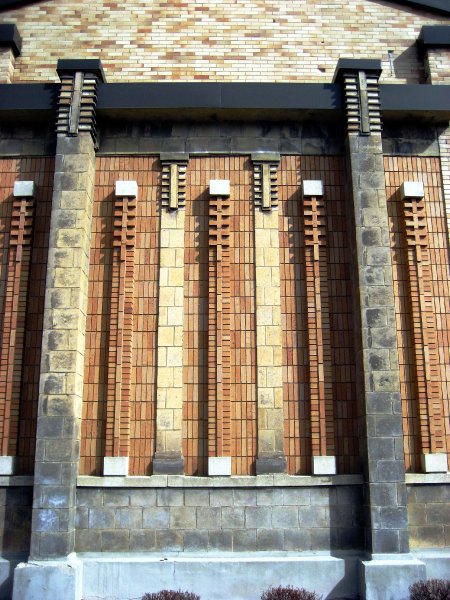
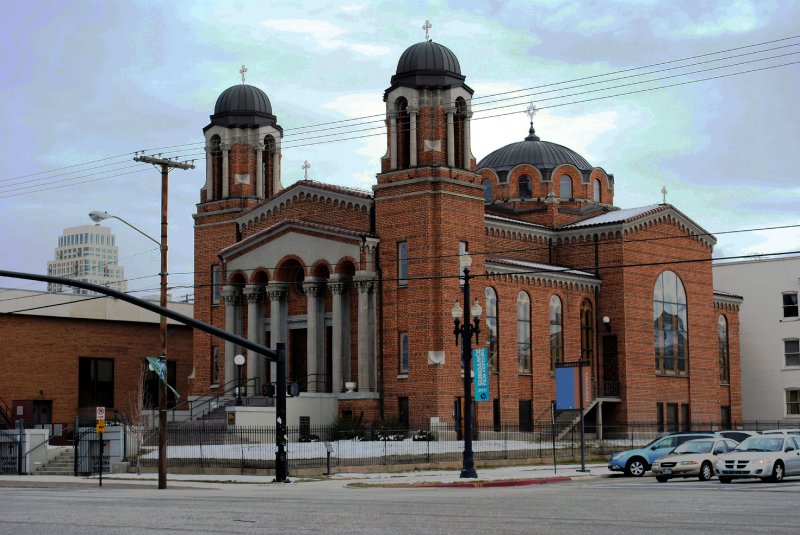
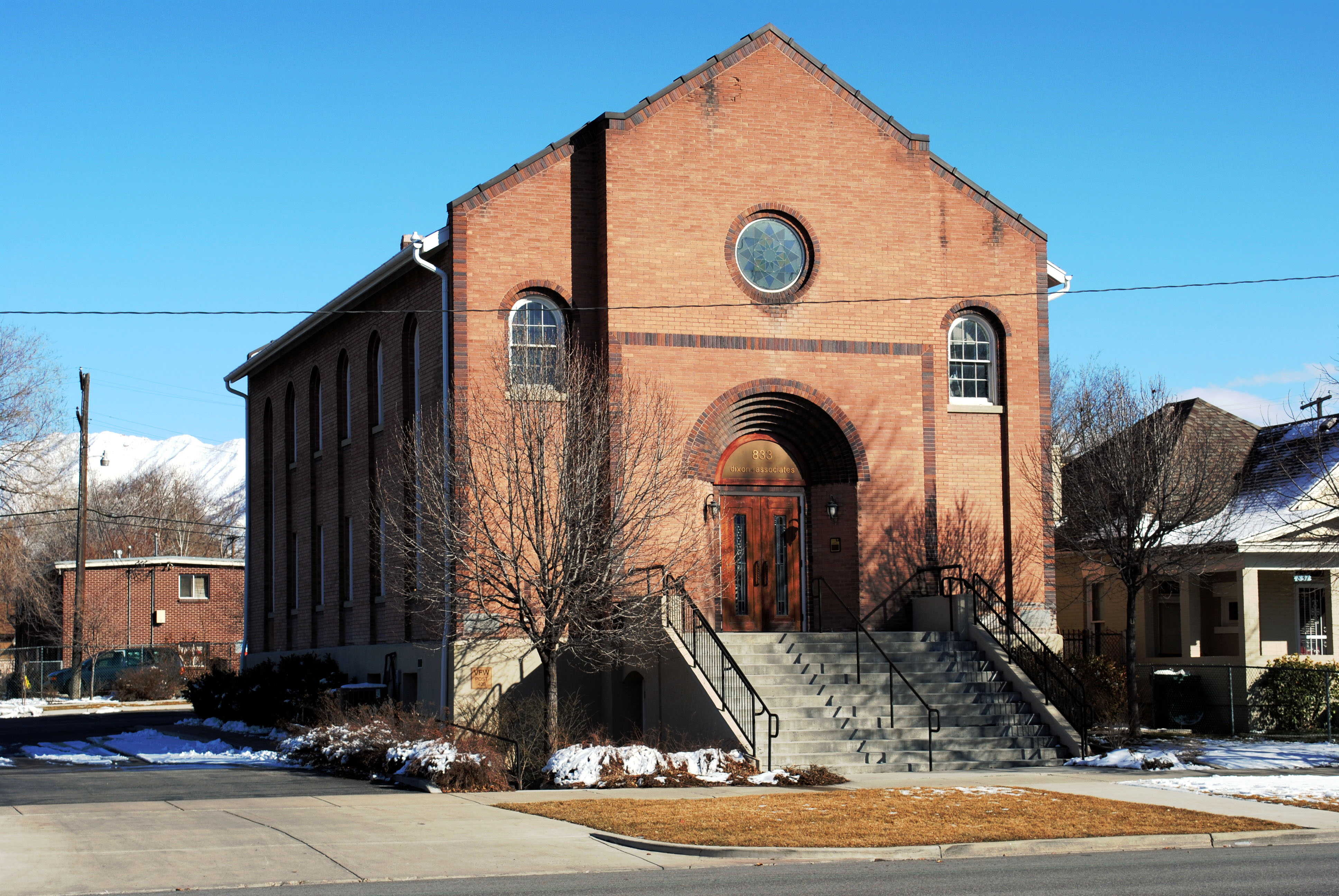
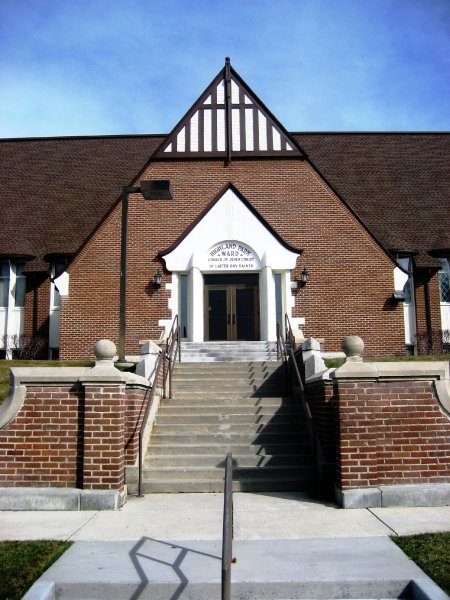

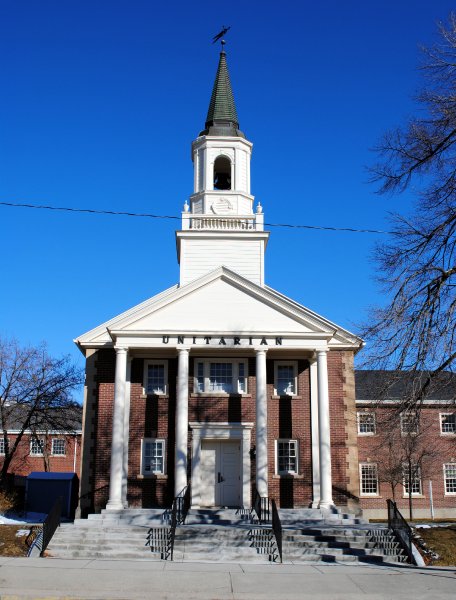
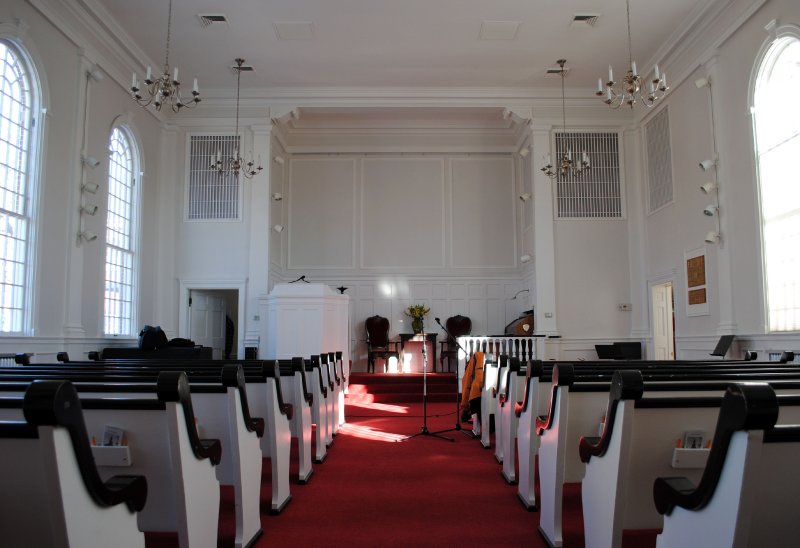





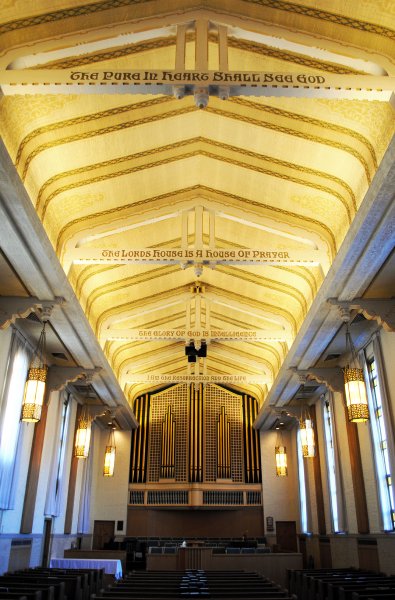
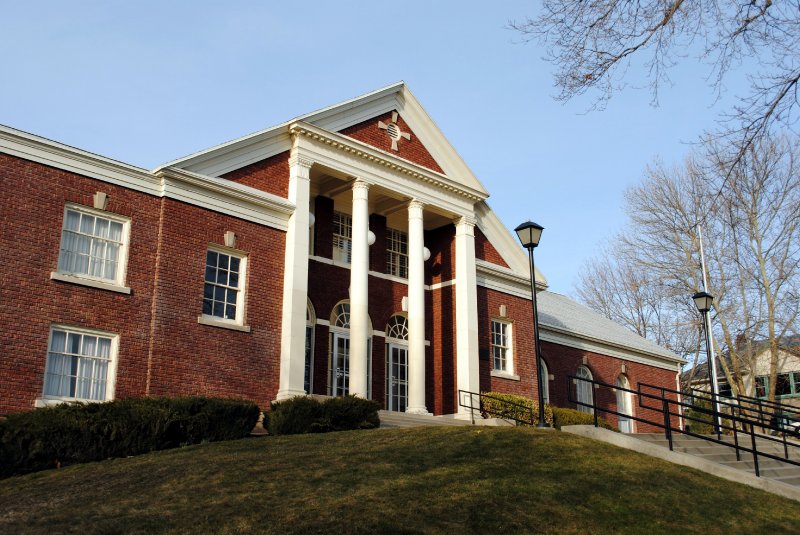
Amazing photos! I have seen and been in some of those buildings before, but I have to say that I had no idea of the full extent of beauty and variety that is there (especially the LDS chapels).
Jonathan, these pictures are all so amazing. I’ve never see such a wide variety of architecture in LDS ward buildings. The ones I’ve seen and been in all look pretty much the same.
Thanks Jonathan– I knew some of the these buildings, but certainly not all. Can you tell us more about the 12th Ward building? It’s not my cup of postum, with the lack of windows, but I’m still curious about how that style came to be built.
Our engagement photos were taken on the grounds of the Garden Park ward, a loooooong time ago.
I’ve seen at least half of these beautiful buildings but this presentation makes me want to do a church tour in Salt Lake on my next visit. Our early church builders weren’t afraid of taking inspirations from a wide variety of churches of their era.
Unless I blinked my eyes too long and missed it, I think you left out the White Chapel, across the street from the Utah State Capital Building. http://www.panoramio.com/photo/4697355
Really cool.
I loved these pictures as well. So beautiful! I liked the mix of modern and older styles of architecture. The variety is great! Do you have a personal favorite?
I’ll have just a trace of envy as I head to my cookie cutter building in a couple hours.
That’s what I was thinking, too, Elizabeth. When I saw some of these pictures, I just gulped at the beauty and imagined what it would be like to attend church in one of them.
I particularly loved the inside of the Unitarian building.
Thanks everyone! I have also been blown away by all the beautiful religious buildings here. I really love the Cathedral of the Madeleine on South Temple as well as the Greek Orthodox church on 3rd South and 3rd West – those would probably be my favorites.
Paula – The 12th Ward was designed in 1939 and built by 1941 and is very unique – has quite a modern and minimalistic feel to it. I quite like the chapel – it is assymetrical in plan, with an L-shaped rostrum. The pulpit is off-center and aligns with one of the octagonal stained-glass windows, and the choir and piano are off to the side. On the other side you can’t see in this photo, there are large glass-block windows providing ample natural light into the space as well. The two octagonal windows on the inside are very colorful and form abstract geometric shapes. And the glass block entry tower has quite a nice feel to it in my opinion.
I agree that the Unitarian is quite nice, Heather. I went to a service there before and it was so full of light and open – a definite contrast to current LDS chapel design.
The White chapel should be in there, Kay – it is listed as the 18th Ward chapel, which is what it was before it was moved up onto Capitol hill.
I attended church in two of these beautiful buildings. Thanks for the memories, Jonathan!
Since Jacque has attended services, my question I wanted to ask above is this:
Does the novelty of attending in a pretty building wear off? I assume we would just accommodate to whatever situation we may find ourselves in. But still, I miss those old buildings when I see these photos.
Personally, the buildings I live and work in have a huge effect on my feeling while in them. I really respond to places of worship that have been crafted, with sacrifice and artistry.
Interesting that – despite the amazing buildings in this slideshow – that’s generally not a priority with the LDS building program nowadays.
Nope, it’s not a priority with LDS meetinghouses, but is definitely a priority with temples. It’s interesting because most members are in the chapels 1-2X/week, sometimes more. So I wonder why more emphasis isn’t placed on the beauty of the chapels.
I think the same-ness of the chapels gives an interesting insight into the business of the church. Widgets are a lot harder to produce when they need to be different and artistic, and I think sometimes that mentality leaks into the church’s culture toward humans.
I take a photo journal of my lunchtime walks here in Salt Lake, and I have walked past some of these old chapels. I understand the reason why they don’t make them individually, but I still think it’s kind of a shame.
http://www.flickr.com/photos/authenticbattledamage/sets/72157626201039491/
Jonathan: this tour is really amazing, and inspiring! I too would never have imagined there would be such a range of beautiful places of worship around the SLC area. The Bonneview Ward building is one of my favourites: it’s like the gingerbread house or something! :) Wonderful.
I’m also really excited about your blog: thanks so much for linking to that.
The Bonneview Ward building is one of my favourites: it’s like the gingerbread house or something! :) Wonderful
It’s the Bonneville stake building, actually. It’s my stake building. It’s located on Bonneview Drive. I’d not looked at it that way, Andy. I wrote Jonathan about the name last week. There’s a stained-glass window of Christ in Gethsemane at the front of the chapel and the original of Minerva Teichert’s Christ carrying the lamb in his arms in the High Council room.
I don’t generally take my historic building for granted. I appreciate the tall windows in the chapel–much like the Unitarian Church-and the south sunlight that streams through them during SM. I love our stained-glass window of Christ at the Door–a 1924 gift from a family who had lost a child. I really, really, appreciate our ward building when I attend a modern one for a baby blessing or missionary farewell or visiting my son’s family. If it weren’t for my building, I think I’d already be inactive.
A few years ago, BYU hosted an exhibit called “Mormon Modern” which highlighted church architecture beginning in the 1920’s and continuing for about 40 years. It included many buildings that have since been either sold–lesser of 2 evils–or torn down. Several of the buildings in Jonathan’s collection were included. One fun thing was to see the various proposals for the Mesa Temple. One set of plans showed a Mission style design. Imagine that!
Another tidbit. One thing surprised me about the Cathedral of the Madeleine: its size. Having grown up Catholic in Belgium, I was quite used to large Catholic churches so the cathedral never really impressed me when I first lived in Utah in the early 70’s. We lived in Baton Rouge, LA for 18 years and Southern Louisiana is very Catholic. Baton Rouge has a cathedral for its diocese, but it’s quite small and unimpressive. It wasn’t until I moved back to SL in the mid-nineties and visited the Madeleine that I realized how impressive a monument it is, especially when one considers what a relatively small Catholic population existed here when it was built.
One more thing. The 10th Ward was GBH’s boyhood ward, the one where he told of attending his first priesthood meeting as boy and getting a testimony as they all sang “Praise to the Man.” (To each his own, I suppose.) So, when the building got in a state of disrepair and GBH was Church President, there was no talk of tearing it down, of course. It was completely remodeled a little more than 10 years ago. An elderly couple in my ward grew up across the street from the 10th Ward and he was bishop there for 10 years while he was in school and having 9 kids. He got his architect degree going to night school while having all those kids and spent his entire career working for the Church. When the 10th Ward remodel was done, they held an open house which I attended. Several of his kids were there but he wasn’t. I told him about it and said they’d really done an awesome job. He responded, “I could have done that too with $3 million.” I don’t think he felt the expenditure was justified.
Yes, Andy, I did not even know about the building until I stumbled on it – and was pleasantly surprised. The sloping site is beautiful and just across the street is a stream with lots of trees lining it. It’s quite a nice little oasis.
Oops. I did update the building name on my blog, Martine, but had sent the images to Heather prior to your original comment, so it’s wrong here now. The inside of the building sounds beautiful – unfortunately it was all locked up when I was there. I’ll have to try again.
The other thing I love about the Madeleine cathedral is how well it fits into an urban setting. It holds the street edge nicely on the front and side. Rather than going for the picturesque, like the SL Temple and many early tabernacles, with a block of open land surrounding it, the cathedral instead allows itself to be integrated into the city. Its height differentiates it more than its site location. The building actually stands out more than the SL Temple now in the city.
An interesting discussion is definitely worth comment. I do believe that you ought to write more about this subject matter, it may not be a taboo matter but typically folks don’t speak about these subjects. To the next! Kind regards!!
When I think about my mother working hard to fix house repairs it heurts me so I always have this team on standby for her whenever something breaks down in the house.